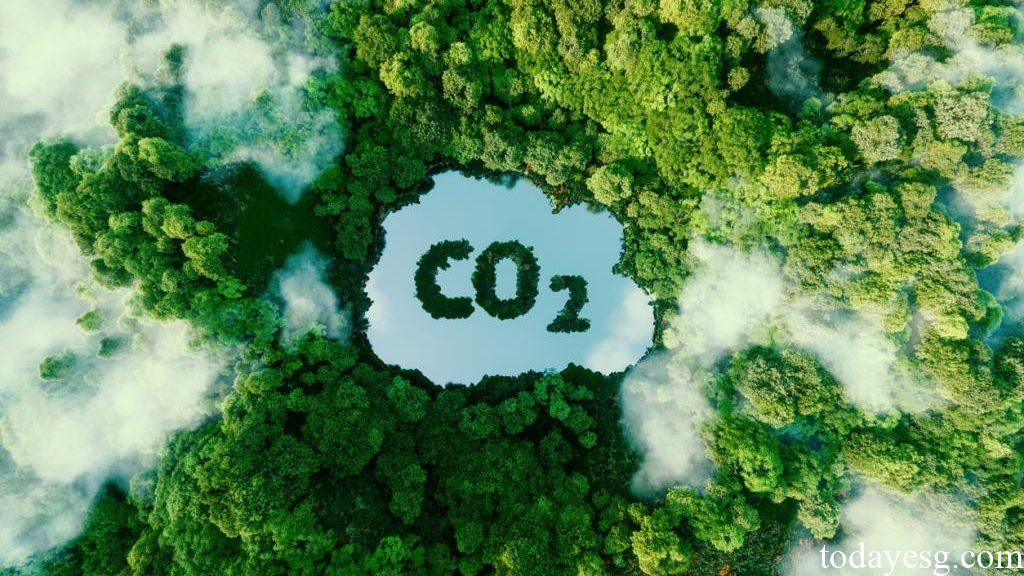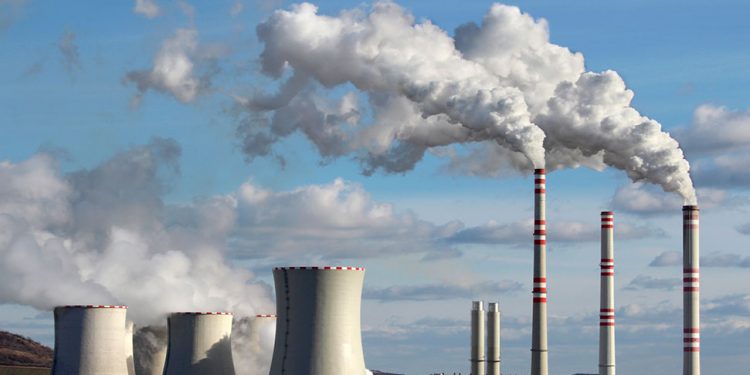Global CO2 Emissions Report
The International Energy Agency (IEA) releases global CO2 emissions report, which aims to analyze energy-related carbon dioxide emissions and predict future carbon emissions trends.
The IEA believes that global energy carbon dioxide emission is 37.4 billion tons in 2023, reaching a record high. The global economic recovery and weather effects are important factors in emissions growth, while the use of clean energy may reverse this trend in the future.
Related Post: International Energy Agency Releases Emerging Market Clean Energy Report
Overview of Global CO2 Emissions
In 2023, global energy related carbon dioxide emissions increase by 1.1% year-on-year, which is an increase of 410 million tons of carbon dioxide. Its growth is slower than global GDP growth (3%). The growth rate of global CO2 emissions over the past decade has been slower than in the 1970s and 1980s, with an average annual growth rate of slightly more than 0.50%. These increases can be attributed to the use of clean energy.
In 2023, global installed capacity of wind and solar energy increased by 75%, reaching 540GW. Global electric vehicle sales increased by 35% to 14 million units. The deployment of these clean energy sources is already having a significant impact on the trajectory of global CO2 emissions.
In terms of factors influencing global carbon emissions, weather and economic recovery are important factors. For example, 2023 was the hottest year on record, and a prolonged drought affected the efficiency of hydropower, causing carbon emissions from fossil fuel power plants to increase by 170 million tons. The continued recovery of the global economy has led to a 35% year-on-year increase in total air transport volume, driving an increase in carbon emissions.

Global CO2 Emissions in Developed Economies
Carbon dioxide emissions in developed economies fell by 4.5% in 2023, returning to the level of 50 years ago (1973). Since 2007, carbon emissions in developed economies have continued to decline, and the decline in 2023 is the largest in recent years. Two-thirds of this decline comes from the power sector, where renewable energy’s share has reached a record high of 34%, while coal’s share has dropped to 17%. Demand for coal in developed economies has fallen back to its lowest level since 1900.
The EU’s energy related carbon dioxide emissions dropped by 9% in 2023, with the use of clean energy being the biggest driving force. For the first time, EU wind power generation exceeded natural gas and coal power generation, with natural gas power generation falling by 15% and coal power generation falling by 27%. U.S. energy related carbon dioxide emissions fell by 4.5% in 2023, with two-thirds of the carbon emissions reduction coming from the power industry. In 2023, U.S. coal power generation decreased by 20%, while natural gas power generation increased by 6%.
Global CO2 Emissions in Developing Economies
As the world’s two largest developing economies, China and India have experienced large GDP growth in 2023, reaching 5.2% and 6.7% respectively. In the past ten years, China’s energy intensity has increased by 3.3% annually, and India’s energy intensity has increased by 2.8% annually. The economic growth of both is related to energy-intensive industries.
China’s energy related carbon dioxide emissions increased by 4.7% in 2023, mainly from the use of fossil fuels. Although China’s new clean energy growth accounts for 60% of the world’s new growth in 2023, energy demand increases by 6.1%, with road passenger kilometers increasing by 50% and aviation passenger kilometers increasing by 160%. These cyclical factors account for one-third of China’s emissions growth. India’s energy carbon dioxide emissions increased by 7% in 2023, with the new emissions mainly coming from the electricity sector.
Currently, coal contributes the most to the growth of carbon emissions among fossil fuels in the world. By 2023, coal accounts for 70% of the increase in global carbon emissions. From industrial perspective, the transportation and power industries have seen a large increase in carbon emissions, and the carbon emission reductions in developed economies cannot offset the growth in carbon emissions from developing economies.
Reference:








